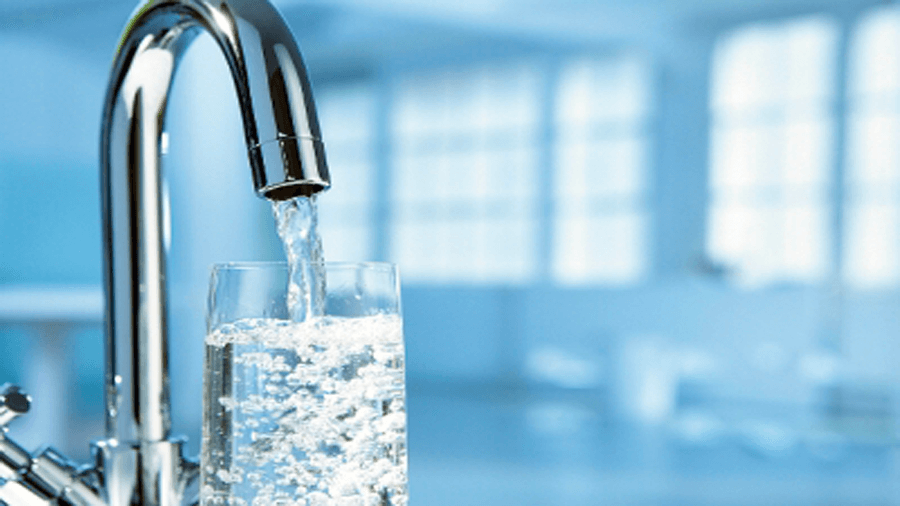Water purification at home: why water supply system does not always meet the sanitary norms

Water purification at home: why water supply system does not always meet the sanitary norms
Indeed, cases of emergency, when colonies of pathogenic bacteria travel through pipes, are extremely rare - it is a deplorable sanitary norms violation, which arises by accident and is quickly removed. The point is that the damage from the consumption of tap water has a cumulative character.
Kidney, liver, nervous system, stomach, heart and blood vessels disorders happen slowly and gradually, and are put down either to the age or the "ecology". According to WHO statistics, almost 5% of all human diseases on the planet are caused by low-quality water. About 80% of the 2,000 diseases of anthropogenic origin are associated with water.
It is good that every year young people are becoming more aware of health issues, "educating" older generetation. Even people who are not very interested in medical research and statistics understand that tap water is not the best option to drink: at least, that is indicated by its unpleasant taste.
Let's find out what is wrong with tap water and what alternatives there are.
The process of water purification in the water supply system
Primary water purification is a mechanical process: water is passed through special dams and sand filters to remove dirt and organic matter. After that, water is disinfected.
Chlorination is the most common method of water disinfection. Despite the fact that chlorine and its compounds with a number of organic impurities form toxic substances, such as trihalomethanes, it is the only available disinfectant with a long-lasting effect. The better water is purified from organic compounds, the less chlorine is needed for its disinfection - at a concentration of 0.3 g per dm? no toxic phenomena occur. However, in recent years, microbial water pollution has increased, the properties of pathogens have changed, their virulence ("infectiousness") and resistance to the environment have increased. An unfavorable infectious situation requires an increase in the antimicrobial activity of chlorine. In other words, there is a choice between disinfected water with a high concentration of toxins and non-toxic but poorly disinfected water - depending on the region. No option is suitable for use.
To improve the efficiency of chlorination, chlorine is supplemented with copper ions. However, this technique is not universal, as experiments have shown that, depending on the organic component of water, chlorine and copper can enter a positive reaction, neutralizing the microbiota, as well as block the action of each other. So far, this method is under research.
In addition, in our country there are problems with the timely cleaning and replacement of pipes, which supply tap water. This leads to the accumulation of salts of heavy metals and dirt, as well as to the reproduction of bacteria. The quality of water directly correlates with the state of the pipes, and as worse they are, the harder it is to make water suitable for drinking.
Methods of water purification at home
Many of us remember the times when the only ways to purify water at home were boiling and sedimentation. Both methods are now outdated and ineffective. Sedimentation does not yield results at all, and, moreover, microbes and particles of dust can enter a container with water. During the process of boiling water toxic substances can be formed - the probability of such "luck" depends on the features of decontamination technology. In addition, boiled water does not have any mineral substances, necessary for the human body.
Filter jugs for water are pretty popular: they are inexpensive and convenient to use. Yet, depending on the quality of water and the temperature inside the apartment, water cartridges lose their cleaning properties with different time, and it is easy to miss the moment when microbes begin to multiply within the system. In addition, such filters do not affect the organoleptic properties of the water, and it still remains tasteless.
Reverse osmosis is also not the best way of purification. Untimely replacement of filters can lead to the reproduction of bacteria inside the system. During the process of filtration, water completely gets rid of minerals. Regular use of demineralized water can cause serious deficiency of microelements and related diseases.
Conclusions
According to doctors, the best option for drinking is artesian water. In comparison to surface water, there is no silt and microbes, so the process of purification is much simpler and safer. To save time and money, artesian water can be ordered in bottles - it is advantageous and convenient.

